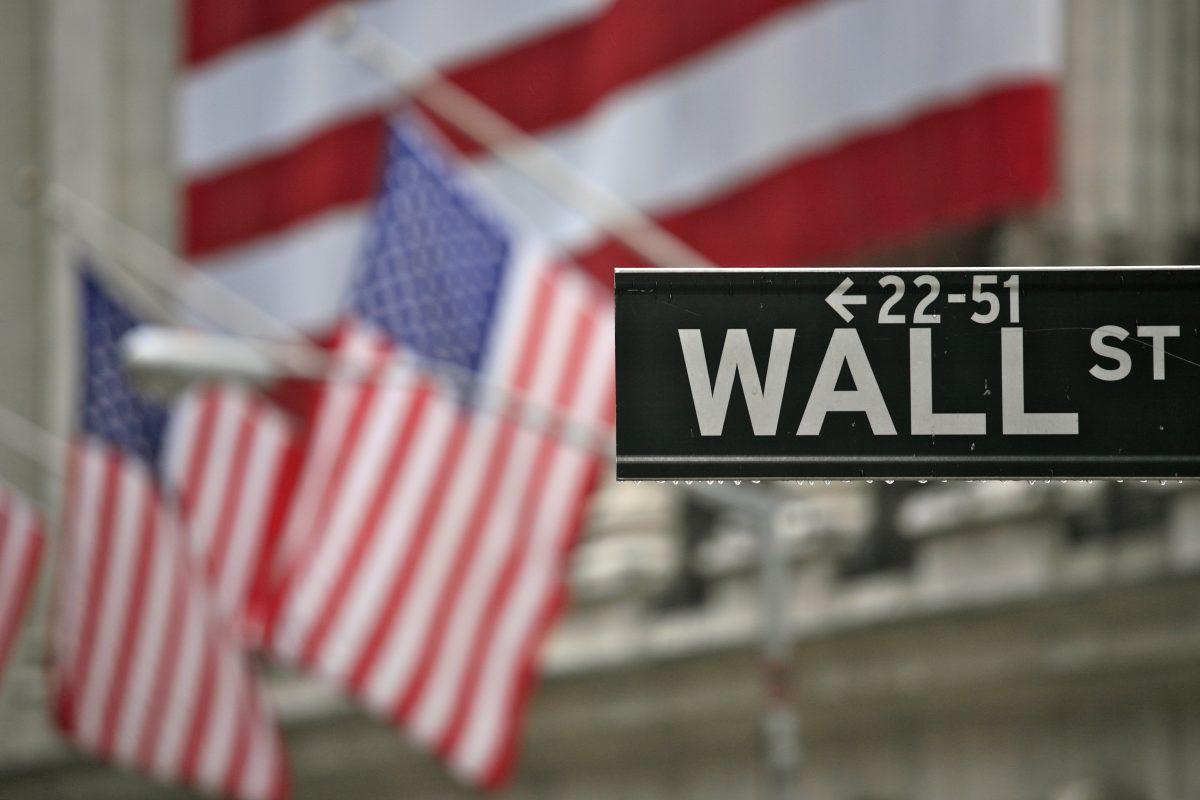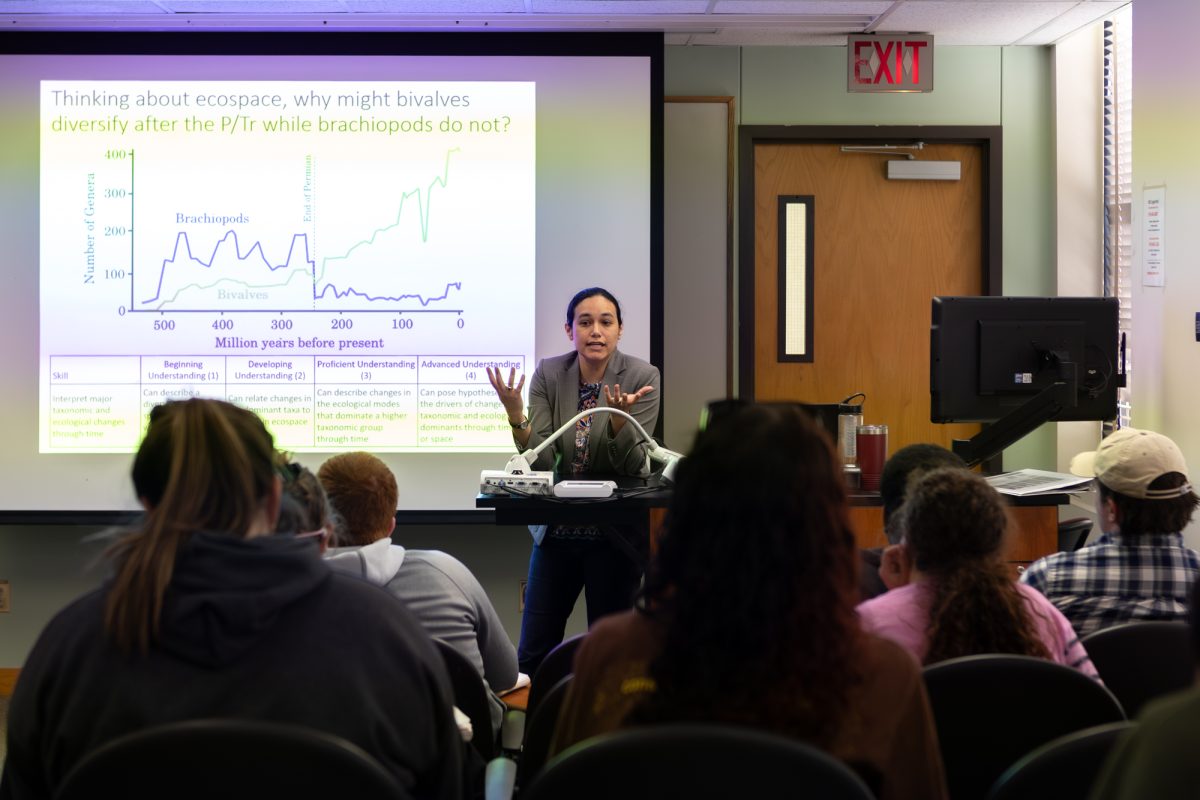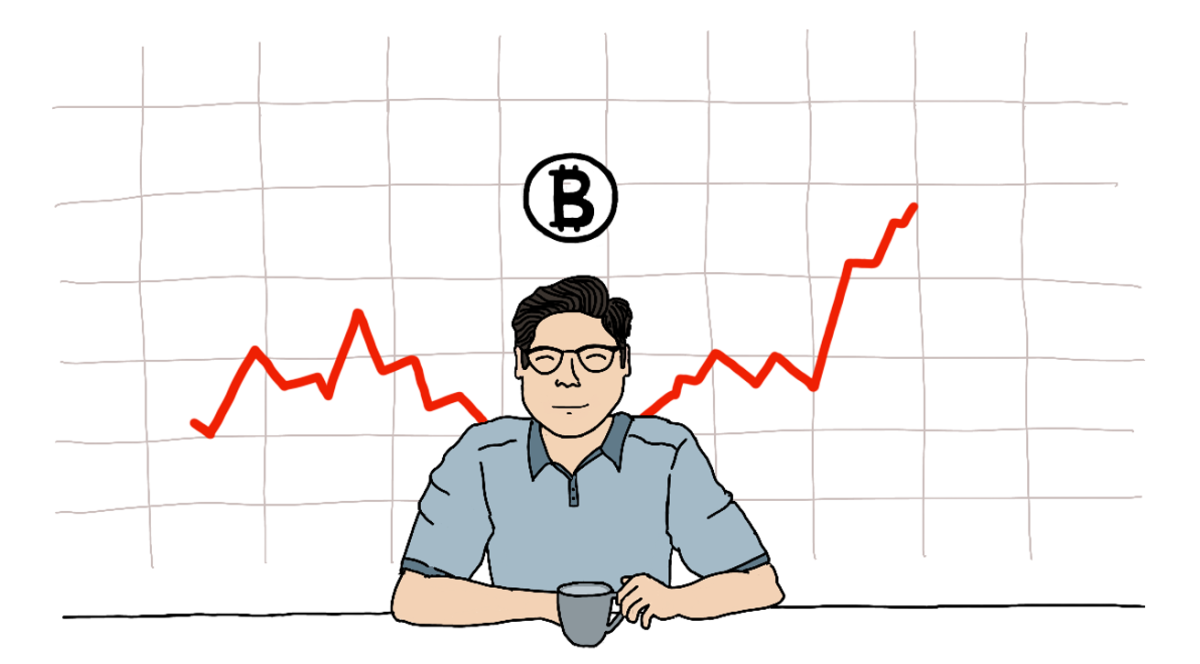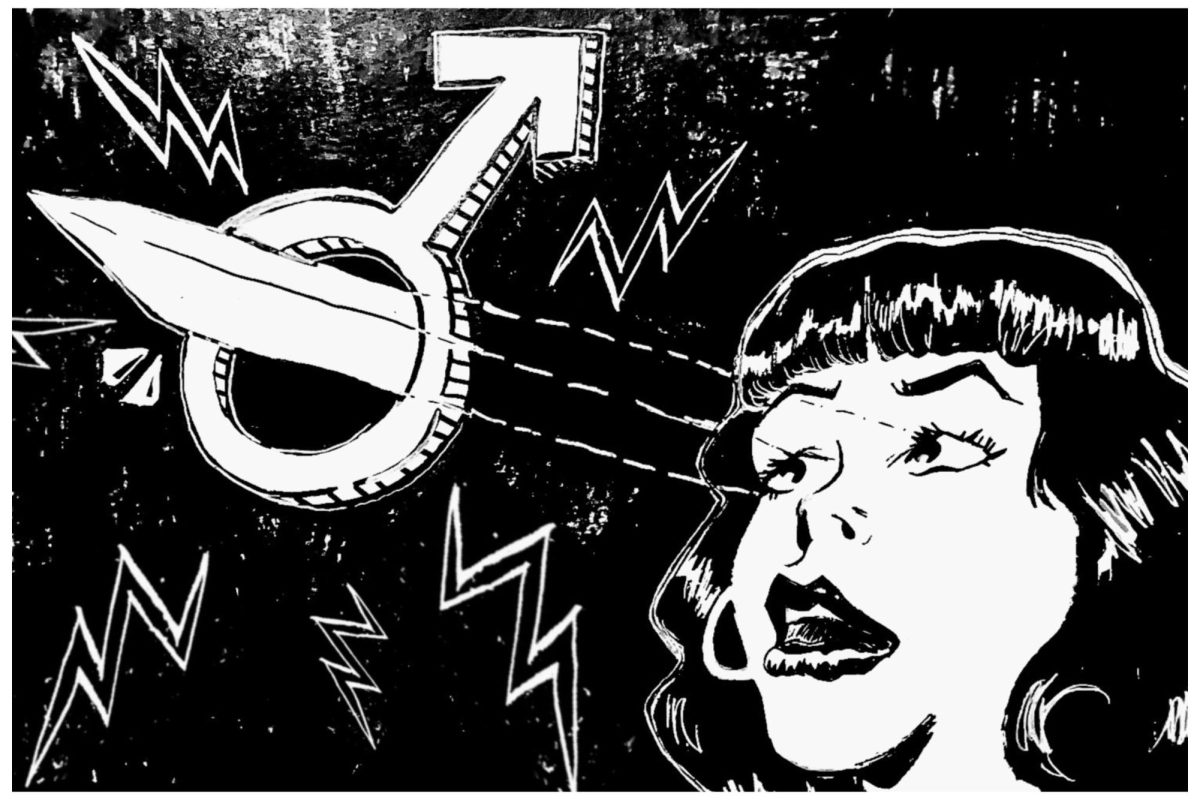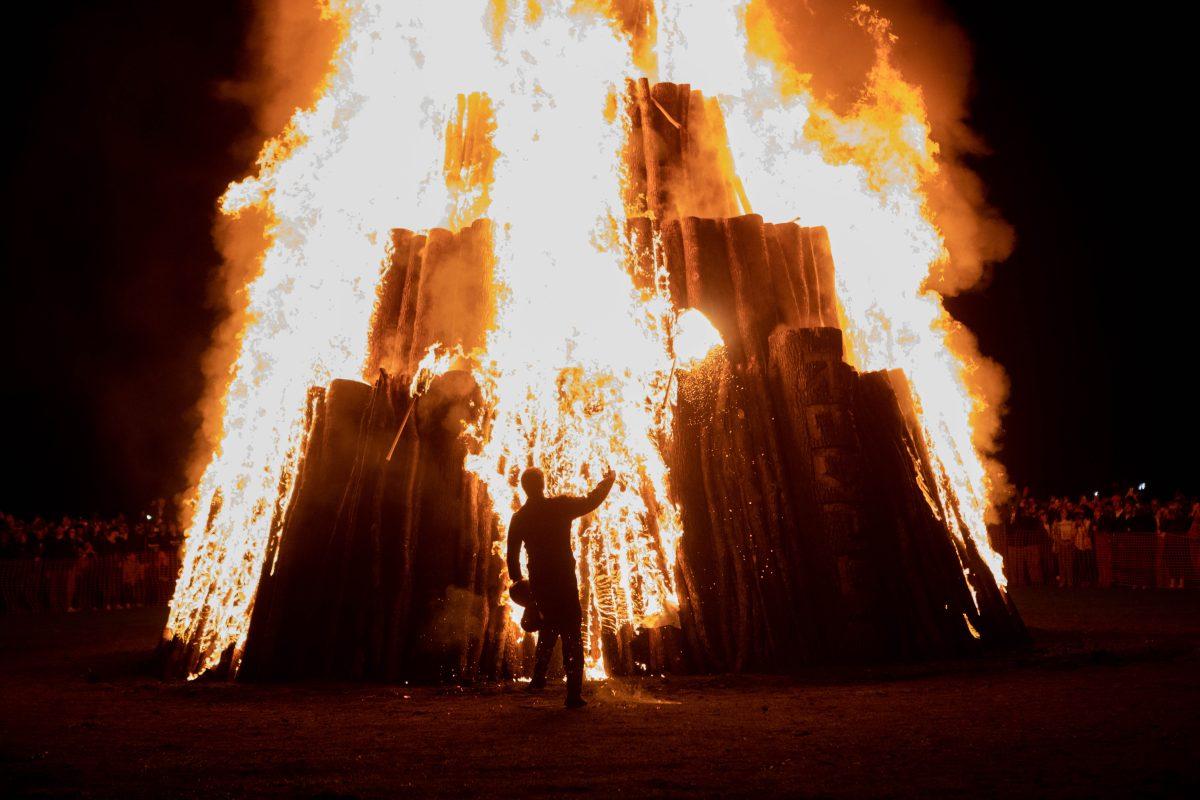“The stock market hit an all time high today.”
That statement is one which fills investors all over the country with joy. It even sent the president into a Twitter frenzy, who made sure all of his followers knew the stock market was doing well. However, there is a little secret many people either do not know or simply neglect when tracking the stock market. The secret is that the stock market is not an indicator of the economy’s overall well-being.
To understand the differences between Wall St. and Main St., we first must define what they are. Main St. is a concept that is a micro-representation of the country’s entire economy. Don’t let the term “micro” fool you, though. While it may be a small scale representation, it has huge implications for every day Americans. Main St. represents small local businesses and small independent firms. Wall St., on the other hand, is a symbol of the elite. It is composed of large investment firms and high dollar players, while Main St. is filled with mom and pop shops.
The most obvious example of the stock market not representing the country’s economic strength can be seen by examining how it fared during the peak of the COVID-19 pandemic.
In April, the unemployment rate hit an all time high of 14.7 percent. Consumer spending also plummeted during that month. Businesses all across the country were shutting down, and people who lived paycheck to paycheck were faced with harsh realities, like figuring out how they were going to pay their mortgage or buy groceries. Meanwhile, the Nasdaq had an uptick of six percent, the S&P 500 rose over three percent, and the Dow Jones wasn’t far behind with an advance of 608 points. These notable gains in the markets are significant with or without a global pandemic. The high unemployment rate matched with growing market numbers is a perfect example of the reality that the markets don’t always care how the rest of the economy is doing.
Many people are using the stock market gains to predict a v-shaped recovery for the rest of the economy. There could be some truth to this prediction. The current unemployment rate is just under 8 percent. Yes, that is a stark difference compared to the unemployment rate in April. However, it is a slow recovery. The stock market does not seem to care about the pace of the rest of the economy’s recovery since numbers in the markets are continuing to show promise. Overall, the progress on Wall St. is not in sync with the rest of the country, where real Americans are continuing to feel the pain every single day.
The federal government also plays a role in all of this. Ugh — when does the government not play a role in anything?
Anyway, the Federal Reserve, an independent government organization, has been a dear friend of Wall St. throughout the pandemic. Federal Reserve Chair Jerome Powell has had a fast-handed approach throughout the country’s financial crisis. With Powell’s leadership, the Fed inserted $3 trillion to sustain the markets. A large portion of that money was dedicated to boost the corporate bond markets — a saving grace for Wall St. investors. On the other hand, everyday Americans are much more reliant on another institution that generates loathsome feelings for many Americans: The United States Congress.
Congress managed to get one stimulus package passed months ago (or what feels like years ago): the CARES Act. With that legislation came direct payments of $1,200, $250 billion for extended unemployment benefits and $350 billion in small business relief loans, just to name the highlights. These are all things that helped the Main St. part of the economy. But as everyone knows, nothing good lasts forever.
These funds were only a bandaid to cover a gaping wound. Money ran out and people continue to suffer. Congress, to the disbelief of many people, went quiet. A divided Congress with the House controlled by the Democrats and Senate controlled by Republicans left everyday Americans wondering: Where the hell are y’all now? Since the first relief package was passed, there has been no legislation to help everyday Americans, and it doesn’t look hopeful that a second relief package will be passed anytime soon.
Wall St. can survive without Congress since they have institutions like the Federal Reserve filled with unelected bureaucrats calling the shots. For everyday Americans, that is not the case.
Just because you wake up to your Robinhood account notifying you that your Snapchat share is up 320 percent doesn’t mean your local coffee shop isn’t suffering from the economic sanctions of this pandemic.
Moving forward, we all must remind ourselves that Wall St. and Main St. are definitely not the same.
Sam Somogye is a political science senior and columnist for The Battalion. His column is typically published online every other Monday when not in the Thursday newspaper.

















